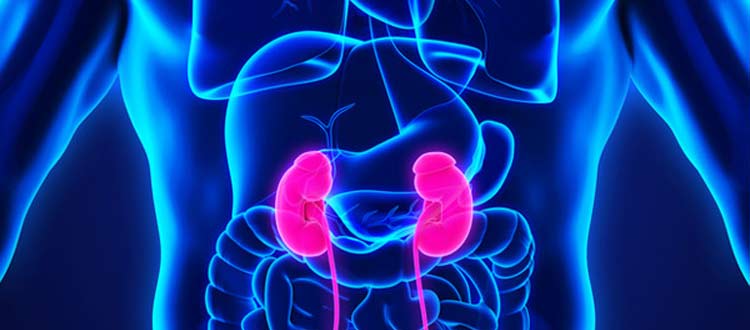Kidney Disease
The term “chronic kidney disease” means lasting damage to the kidneys that can get worse over time. If the damage is very bad, your kidneys may stop working. This is called kidney failure, or end-stage renal disease (ESRD). If your kidneys fail, you will need dialysis or a kidney transplant in order to live. Chronic kidney disease (CKD) usually gets worse slowly, and symptoms may not appear until your kidneys are badly damaged. In the late stages of CKD, as you are nearing kidney failure, you may notice symptoms that are caused by waste and extra fluid building up in your body. Anyone can get CKD. Some people are more at risk than others. Some things that increase your risk for CKD include Diabetes, High blood pressure (hypertension), Heart disease, Having a family member with kidney disease, Hispanic, Being over 60 years old. Diabetes and high blood pressure are the most common causes of CKD. If you have diabetes or high blood pressure, working with your doctor to keep your blood sugar and blood pressure under control is the best way to prevent kidney disease.
Chronic kidney disease Treatment in India Living a healthy lifestyle can help prevent diabetes, high blood pressure, and kidney disease, or help keep them under control. Damage to your kidneys is usually permanent. Although the damage cannot be fixed, you can take steps to keep your kidneys as healthy as possible for as long as possible. If you catch kidney disease early, you may be able to prevent kidney failure. If your kidneys fail, you will need dialysis or a kidney transplant to survive. Chronic obstructive pulmonary disease (COPD) is a respiratory disease that has a major impact worldwide. The currently-available drugs mainly focus on relieving the symptoms of COPD patients. However, in the latter stages of the disease, the airways become largely obstructed and lung parenchyma becomes destructed due to underlying inflammation. The inappropriate repair of lung tissue after injury may contribute to the development of a disease. Novel regenerative therapeutic approaches have been investigated with the aim of repairing or replacing the injured functional structures of the respiratory system. Endogenous and exogenous sources of stem cells are available for the treatment of many diseases. Stem cell therapy is newly introduced to the field of COPD. Currently the research is in its infancy; however, the field is profoundly growing. Previous studies suggest that cell-based therapies and novel bioengineering approaches may be potential therapeutic strategies for lung repair and remodeling.
Stem cells are harvested from either the patient’s blood or bone marrow, then isolated, reconcentrated and readministered onsite through an IV. Treatment is scheduled over two consecutive days and each session lasts 15 to 30 minutes. The primary focus of stem cell treatment in India is to reduce the inflammation of the lungs. “When the stem cells are administered through an IV, they pass through a pulmonary track. Stem cells are the body’s raw materials — cells from which all other cells with specialized functions are generated. Under the right conditions in the body or a laboratory, stem cells divide to form more cells called daughter cells. These daughter cells either become new stem cells (self-renewal) or become specialized cells (differentiation) with a more specific function, such as blood cells, brain cells, heart muscle cells or bone cells. No other cell in the body has the natural ability to generate new cell types. Stem cell cure is one stop to all your questions. Drop in for any queries. We are available 24*7 at your service. With all the facilities and experienced professionals and greeting attitude, we are always ready to help our patients through Stem Cell Therapy for Kidney Disease.

